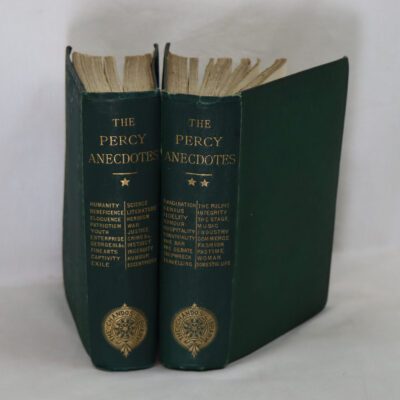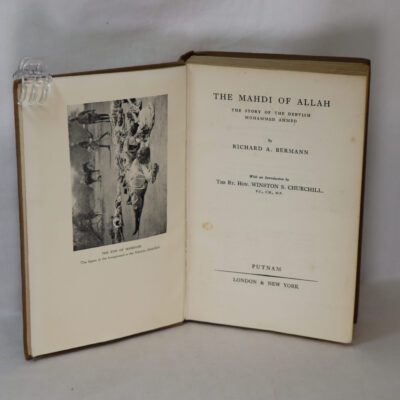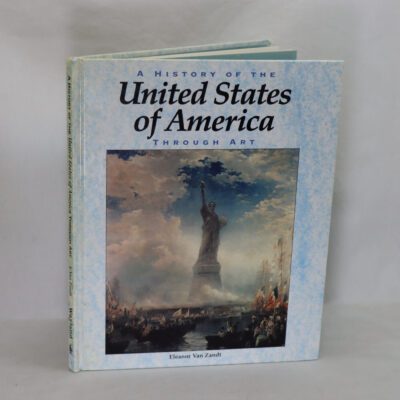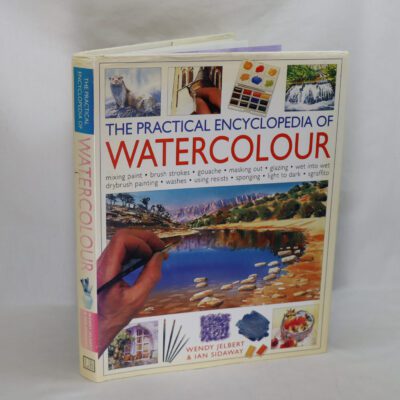Beijing. Then and Now.
By Brian Page
ISBN: 9781592237982
Printed: 2007
Publisher: Thunder Bay Press. San Diego
| Dimensions | 29 × 25 × 2 cm |
|---|---|
| Language |
Language: English
Size (cminches): 29 x 25 x 2
Condition: Fine (See explanation of ratings)
Item information
Description
In the original dustsheet. Binding the same as the dustsheet.
-
F.B.A. provides an in-depth photographic presentation of this item to stimulate your feeling and touch. More traditional book descriptions are immediately available.
Using vintage photos and their modern-day counterparts, Beijing Then and Now shows the incredible modernization of Beijing, alongside the careful and respectful conservation of its oldest structures.
Beijing has several millennia of human history. It has been a city of regional importance for many centuries, first becoming the Chinese imperial capital in 1267. The city has been known by various names through the ages, reflecting a turbulent history of change. As the political and cultural heart of modern China, Beijing has grown dramatically since the Communist revolution of 1949.
Beijing Then and Now shows how that dramatic modernization has affected the city and how, despite all the new building and modern infrastructure, some of the great historic sites have been preserved and maintained.
Sites include: Deshengmen Arrow Tower, Qianmen Arrow Tower, Qianmen Gate, Entrance to the Imperial City, Mao’s Mausoleum, Tiananmen Gate, Duanmen Gate, Entrance to the Forbidden City, Wumen Gate, Hall of Supreme Harmony, Jingshan, Beihai Park, the White Dagoba, Imperial Canal, Drum Tower, Beihai Lake, Bell Tower, Temple of Confucius, Hall of Classics, Imperial Observatory, Qianmen Boulevard, Hall of Prayer, Altar of Heaven, British Legation, Dong Tang, Marble Boat, Jade Belt Bridge, Ming Tombs, Spirit Road and the Great Wall of China.
Review: Over 70 old photographs of Peking, matched by modern photographs taken from the same spots, sometimes to the exact inch; in both cases great photography. Some matches show little change, others show immense alteration to buildings and skyline. The trees outside the Temple of Confucius, with their trunks and branches the same in both photos, are particularly thought-provoking.
The text is highly informative, good on ancient Chinese history, orthodox perhaps on modern history. The poor old hutongs receive short shrift for being without water, sewerage or hygiene. There are numerous references to British looting and destruction, less to Japanese destruction, and some mentions of Red Guard looting and destruction. In places it is admitted that the treasures not looted by foreigners in 1860 and 1900 were destroyed by Red Guards in the 1960’s. Not mentioned is that the Old Summer Palace was chosen for destruction in 1860 because it was uninhabited and largely modern rather than venerable. A populated ‘civilian’ quarter of Peking could have been chosen, but the intention was to demonstrate that Britain’s retribution was aimed at ‘officialdom’. When you read the testimonies of the tortured British, French and Indian prisoners, whose treatment caused the destruction, you may think that more than just the Old Summer Palace might have been destroyed. And when some of the looted treasures, three bronze animal heads, came up for auction in 2000, Taiwan’s National Palace Museum said it didn’t want them as they weren’t sufficiently historic; they had only just been installed when they were looted in 1860.
Still, the book is brave, tackling the Tiananmen Square massacre. In addition to old photos of American troops and Japanese troops, invaders of China, there is a photo of the Chinese army gathering in the square in the early evening of June 3rd, 1989, equally menacing. The text says only that they dispersed the crowd, but when it is possible to meet Chinese students here in the west who don’t know what happened in Tiananmen Square, and whose laptops tell them only architectural information about the location, acres, directions, buildings, etc., this book should be commended for including a tension-filled photograph of the event. My initial hope was that there would be other Chinese cities in this series; Canton would have been great, but it looks like it only included capital cities.
About the Author – Brian Page became captivated by China at an early age; his grandparents lived in China from 1915 to 1949 and his mother was born and raised there. He is currently a professor at the University of Colorado where he is the chair of the Department of Geography and Environmental Sciences.
Want to know more about this item?

Share this Page with a friend












